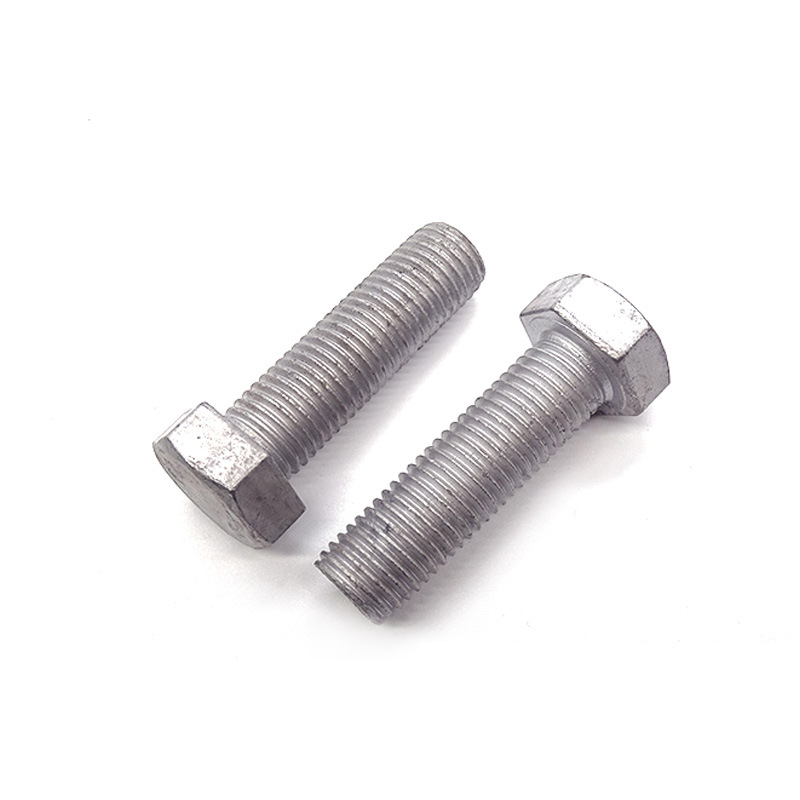

Essential Components for Solar Panel Installation and Secure Mounting Solutions
दिसम्बर . 24, 2024 20:30 Back to list
Essential Components for Solar Panel Installation and Secure Mounting Solutions
The Essential Guide to Solar Mounting Hardware
As the world continues to embrace renewable energy sources, solar power has emerged as a leading choice for environmentally conscious consumers and businesses. A critical aspect of a successful solar energy system is the solar mounting hardware, which plays an essential role in ensuring that solar panels are securely fastened and optimally positioned. This article will explore the various types of solar mounting hardware, their functionality, and important considerations when selecting the right system for your solar installation.
What is Solar Mounting Hardware?
Solar mounting hardware comprises the various components that hold solar panels in place. This hardware ensures that the panels are securely attached to roofs, poles, or the ground while allowing for necessary adjustments to maximize sun exposure. The performance and durability of solar installations rely heavily on this mounting equipment, which comes in a variety of styles and materials to accommodate different installation environments and conditions.
Types of Solar Mounting Systems
1. Roof Mounts Roof mounts are designed to attach solar panels directly to the structure of a building. They are particularly popular in residential installations. Roof mounts can be further categorized into two types fixed and adjustable. Fixed mounts hold the panels at a predetermined angle, while adjustable mounts allow for the angle to be changed to accommodate seasonal sun variations.
2. Ground Mounts Ground-mounted solar systems are installed on frames or racks that are anchored into the ground. These are often used when roof space is limited or when a higher solar yield is desired. Ground mounts can are available in fixed or tracking systems. Tracking mounts adjust throughout the day to follow the sun across the sky, providing increased energy output compared to fixed mounts.
3. Pole Mounts Pole mounts are similar to ground mounts but are elevated on poles. This type of mounting is beneficial in areas prone to snow accumulation, as it keeps panels above ground level and allows for snow to slide off, preventing buildup. Pole mounts can also be fixed or adjustable based on specific energy needs.
4. Ballasted Mounts Ballasted mounts are typically used for roof installations where drilling into the structure is not feasible. These mounts use heavy weights (ballasts) to hold the panels in place, which provides a stable base without compromising the integrity of the roof. This option is often chosen for flat roofs.
Materials and Durability
Solar mounting hardware is made from various materials, including aluminum, stainless steel, and galvanized steel
. Each material has its own benefits and considerationssolar mounting hardware

- Aluminum Lightweight and resistant to corrosion, aluminum is a popular choice for residential installations due to its ease of handling and installation. However, it may not be as durable under extreme conditions compared to heavier materials.
- Stainless Steel Known for its strength and resistance to rust, stainless steel offers excellent durability, making it suitable for coastal or harsh environmental conditions. Its longevity often justifies the higher cost.
- Galvanized Steel This material provides good strength and corrosion resistance at a more economical price point than stainless steel. It's widely used in commercial systems but may require maintenance over time.
Considerations When Choosing Solar Mounting Hardware
When selecting solar mounting hardware, it’s essential to assess several factors
1. Installation Location Consider the roof type, climate, and layout of the property. Certain mounts are better suited for particular environments.
2. Panel Type and Size Ensure compatibility between the mounting hardware and the solar panel specifications.
3. Local Regulations Always check local building codes and zoning regulations, as some areas have specific requirements for attaching solar panels.
4. Budget Price ranges for mounting hardware can vary significantly based on materials and systems. Determine your budget before making a decision.
Conclusion
Solar mounting hardware is a vital component of any solar energy system, supporting the panels' efficiency, safety, and longevity. By understanding the types of mounts available, their materials, and key considerations for selection, homeowners and businesses can make informed decisions. Investing in the right mounting hardware ultimately leads to a more effective and reliable solar power system, contributing to a cleaner, sustainable future.
Latest news
-
Hot Dip Galvanized Bolts-About LongZe|High Strength, Corrosion Resistance
NewsJul.30,2025
-
High-Strength Hot Dip Galvanized Bolts - Hebei Longze | Corrosion Resistance, Customization
NewsJul.30,2025
-
Hot Dip Galvanized Bolts-Hebei Longze|Corrosion Resistance&High Strength
NewsJul.30,2025
-
High-Strength Hot-Dip Galvanized Bolts-Hebei Longze|Corrosion Resistance&High Strength
NewsJul.30,2025
-
Hot Dip Galvanized Bolts-Hebei Longze|Corrosion Resistance&High Strength
NewsJul.30,2025
-
Hot Dip Galvanized Bolts - Hebei Longze | Corrosion Resistance, High Strength
NewsJul.30,2025

